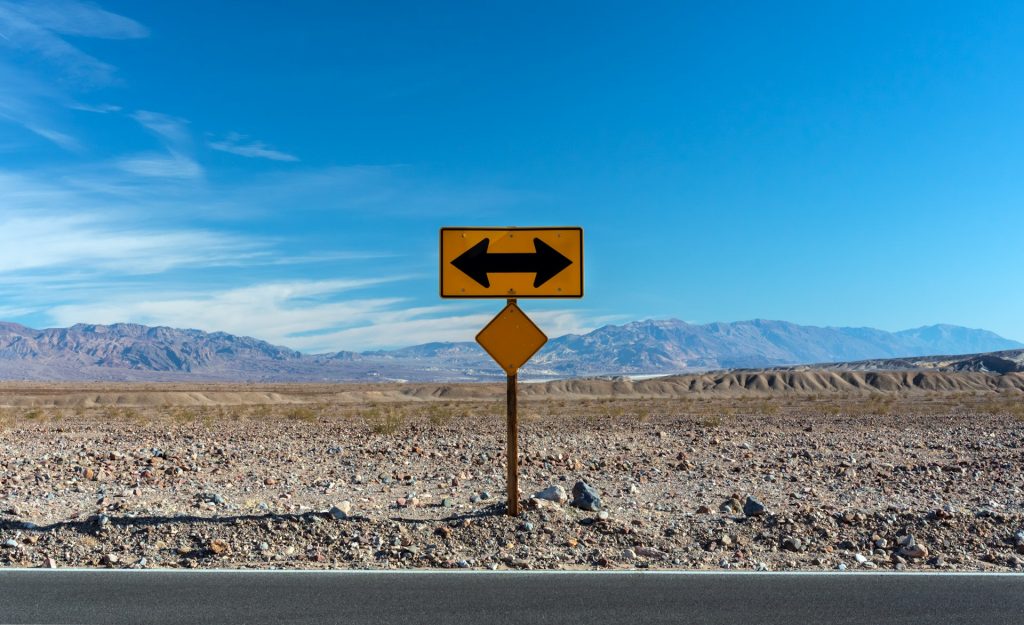1. Ancient Beginnings: Roman Milestones and Medieval Naming
The roots of road signs trace back to ancient civilizations, with the Roman Empire pioneering the construction of extensive road networks. The Romans marked their roads with monumental stone markers known as milestones, which served as vital navigation aids along their vast road network spanning thousands of miles. Fast forward to the Middle Ages, where roads began to be named after the towns they led to, setting the stage for the evolution of road signage.

2. From Two Wheels to Four: Signs for Bicyclists and the Rise of Cars
In the 19th century, the advent of cycling brought about the need for warning signs for bicyclists navigating treacherous turns and steep hills. Cycling organizations and local authorities across Europe began posting warning signs to ensure the safety of cyclists. However, it was the rise of automobiles that truly propelled the development of modern road signs. As cars became more common, the need for directional signs became paramount, leading to the emergence of the first standardized road signs.

3. Birth of Modern Signage: Standardization and Evolution
The early 20th century saw significant strides in road sign development, with Detroit unveiling the first official traffic sign in 1915. This was followed by efforts to standardize signage shapes and messages, culminating in the establishment of national standards in 1935. However, it wasn’t until 1948 that the U.S. government took a central role in simplifying and standardizing signage, leading to the creation of the Manual on Uniform Traffic Control Devices (MUTCD). Over the decades, technological advancements have continued to shape road signage, with innovations such as audible pedestrian signals for the visually impaired.
4. The Road Ahead: Continual Innovation and Standardization
Today, road signs serve as essential guides for millions of drivers, ensuring safe and efficient navigation on roads across the globe. With ongoing updates to the MUTCD by the Department of Transportation, road signage remains a cornerstone of traffic management, providing consistency and clarity for drivers nationwide. As technology advances, the future of road signs holds the promise of further innovation, enhancing safety and accessibility for all road users.

From ancient Roman milestones to modern-day traffic signals, the history of road signs is a testament to human ingenuity and the quest for safer, more efficient transportation. As we continue to journey down the road of progress, let us not forget the humble origins and enduring significance of these iconic symbols that guide us on our travels every day.





